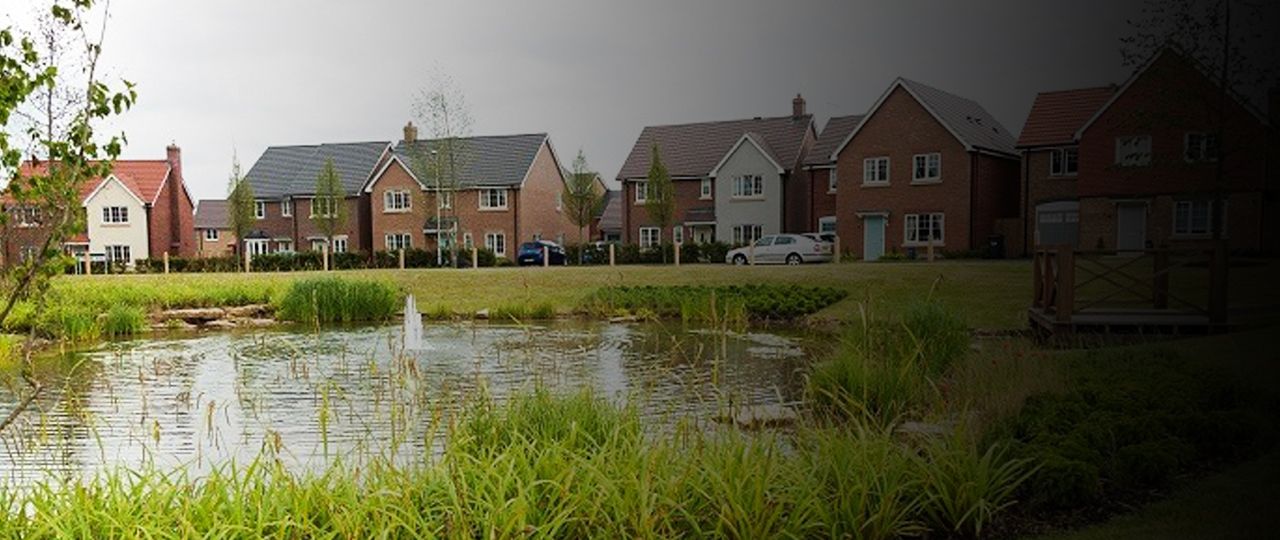
Vanessa Hale
Director, Research


Director, Research
In a bid to both ease the housing crisis and create homes that work with – not against – the country’s green and pleasant lands, the Government has revealed plans for a number of new ‘Garden Villages’.
There will be 14 Garden Villages and 3 new Garden Towns that will provide a total of 48,000 new homes across the country.
The villages will be built in a variety of locations from Welborne, Hampshire in the south to Bailrigg, Lancaster in the north. The Garden Towns will appear in Aylesbury, Taunton and Harlow and Gilston on the Essex-Hertfordshire border.
What people want from villages...
Strutt and Parker’s Housing Futures Report 2016 focussed on the village revival. More and more people are looking to move away from the hustle and bustle of the city and into quieter parts of the countryside.
As part of the research, over 2,600 people were asked what they want from village life. From these results, we found that such new Garden Villages would need to provide people with positive lifestyle choices. The respondents longed for privacy, as well as shops and public transport.
And the new Garden Villages need to be well-connected, with broadband and mobile coverage fundamental for people to live, work, shop and play.
While the villages might be delivering new homes, they’ll also need to provide their new residents with much more than that. More than half of our respondents put access to shops and amenities as their one of their top search criteria when looking for a village home.
On top of that, 45% wanted access to public transport. This is hugely important for new developments and needs to be considered when building the Garden Villages. Many of the new locations are remote with no obvious train connections.
But Housing Minister Gavin Barwell has promised that these standalone villages will come with everything people need.
Speaking to the BBC Radio 4's World at One programme, he said infrastructure to support developments was "crucial", adding: "The whole programme is about trying to make sure that at the outset we design in the sort of crucial community infrastructure - the jobs, but also school places, GPs' surgeries, the transport infrastructure - that make these places not just dormitory suburbs.”
As for housing type, new village homes will need to adapt to the ever-changing needs of their owners and tenants. The Housing Futures report highlighted three types of properties people are looking for in future villages:
Are they in the right place?
Location-wise, the respondents to our survey chose the South East and South West as the places they’d most like to move to.
Of the 14 new Garden Villages, 5 of them fall into these areas - Culm in Mid Devon, Welborne near Fareham in Hampshire, West Carclaze in Cornwall, Dunton Hills near Brentwood, Essex, and Longcross in Runnymede and Surrey Heath. There will also be villages in commuter areas like Oxfordshire/Cotswolds.
The latest forecasts from Experian supports this preference for the south of England, with the South East predicted to have the greatest house price growth rate between 2016 and 2020 at 21% (alongside London), and the South West coming in 4th at 14%, behind the East of England at 19%.
For more insights on the future of Britain’s villager, read Housing Futures.